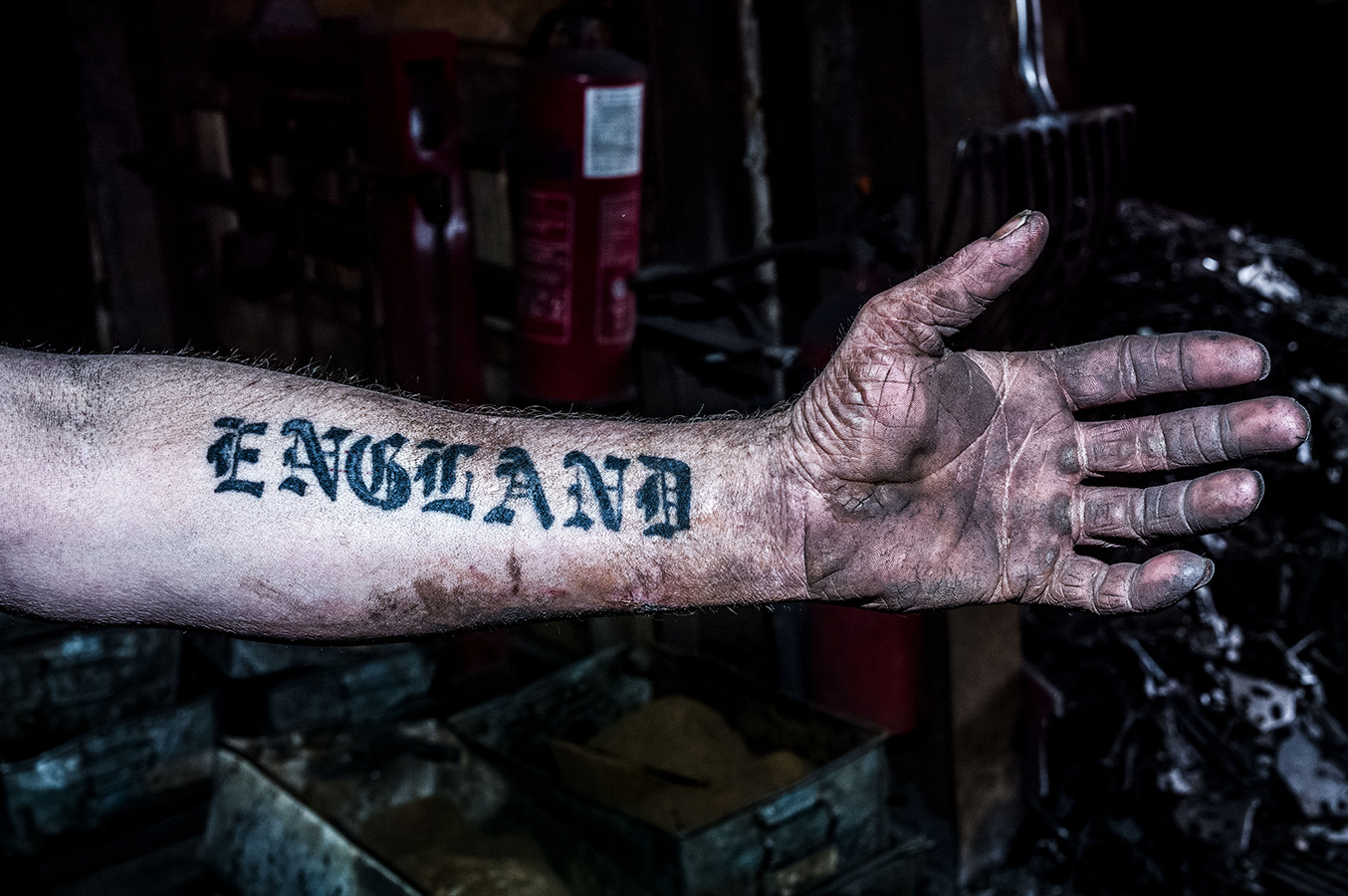
Bruce Gilden, Factory in the Midlands, from the series The Black Country, 2014
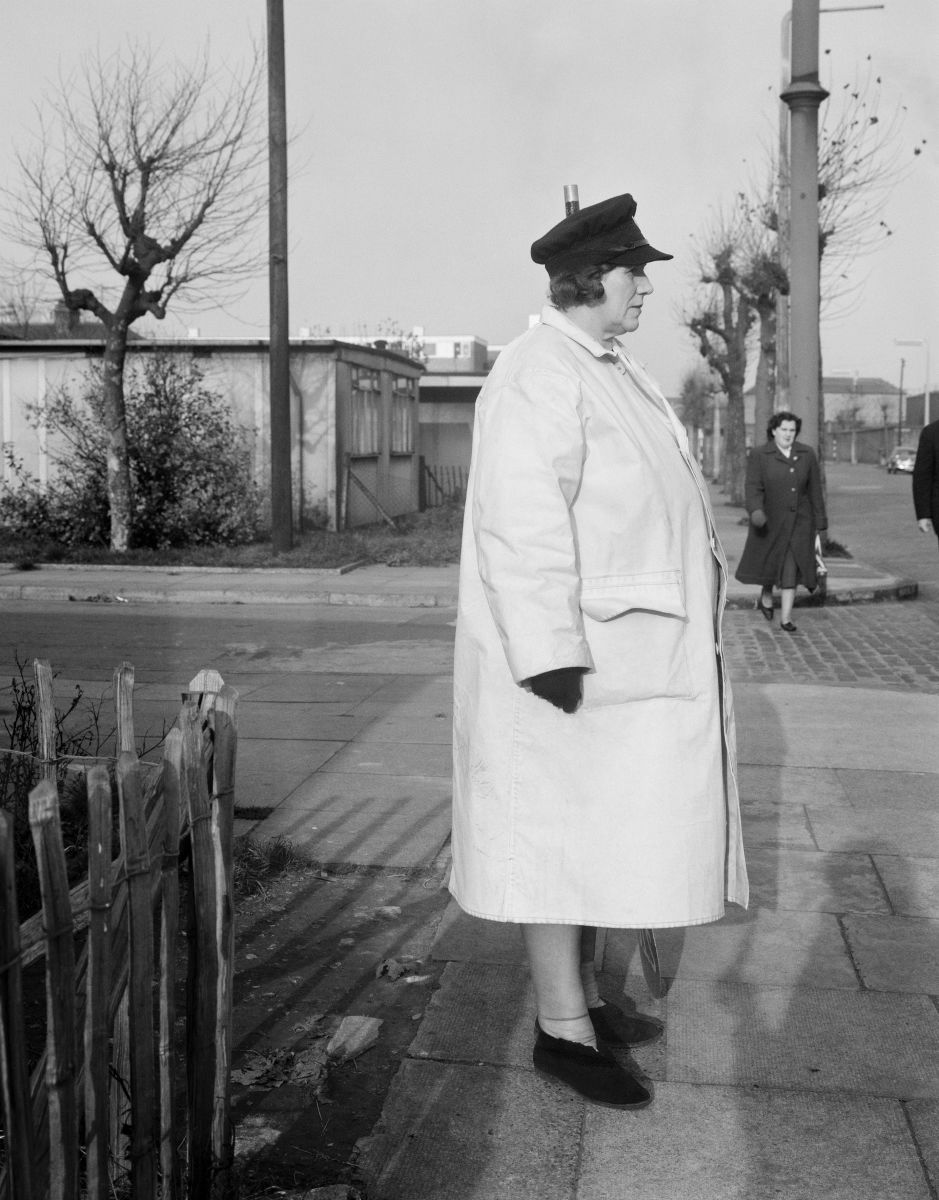
Evelyn Hofer, Crossing Guard, London, 1962
A man lost in his thoughts in the London underground, a family barely smiling in London’s East End slums, a dog being pampered in a pet salon, an elderly couple standing proudly in their candy shop, children peeking through the window in the Outer Hebrides, the underdogs and the landed gentry, the bankers and the lollipop lady. They are all a bit Strange and Familiar, an exhibition curated by street photographer and society satirist Martin Parr. Some people love his work, others not so much. Not intellectual enough for some. Or maybe too popular. I don’t know, I’m a fan.
Strange and Familiar: Britain as Revealed by International Photographers is about people but also about key events in the history of the United Kingdom. The 23 photographers selected for the show will take you time traveling through the rise of British corporate culture, the industrial decline in Glasgow, the roadblocks in Northern Ireland under the Troubles, the Swinging Sixties, the anti-War movement, etc.
I’m sure you’ve read about the show here and there but mostly everywhere already. Still, just to make me and my blog happy, i thought i’d whip up a fast, image-heavy but not too wordy overview of the show:
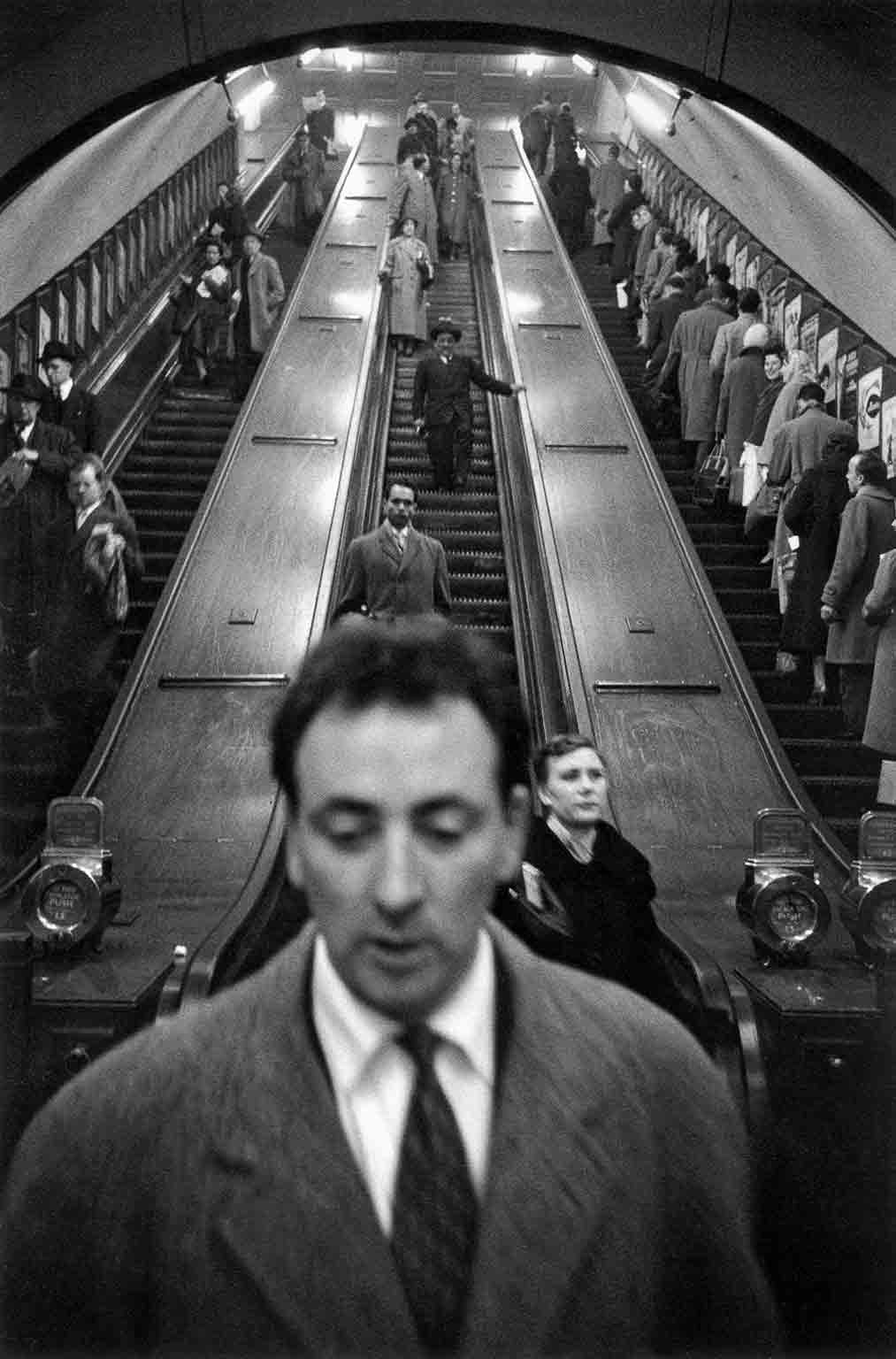
Sergio Larrain, Baker Street underground station, London, 1958-1959. © Sergio Larrain / Magnum Photos
Bruce Gilden’s uncomfortably close-up portraits portraits of the working class in the Black Country and Middlesex are cropped so tightly and lit so unforgivingly that you are confronted with warts, wrinkles, pimples, rogue hair on women’s chin and caked on makeup.
“The basis of this project is to show people who are left behind,” Gilden told Slate. “A lot of these people are invisible and people don’t want to look at them and if you don’t look at them how can you help them? When you pay attention to those who are usually ignored, it makes their day. That’s not why I do it. I’m not claiming to be a humanitarian; I’m a photographer. I always photograph what’s interesting to me and it has always been people who are underdogs because I see myself as an underdog.”
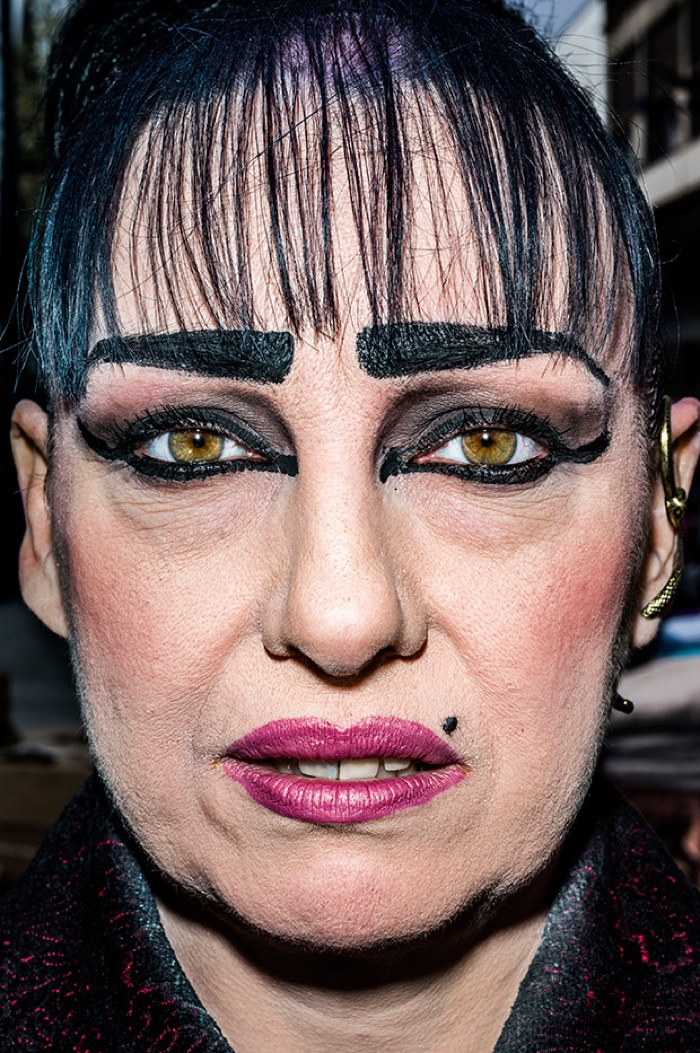
Bruce Gilden, Debbie, West Bromwich, from the series The Black Country, 2014
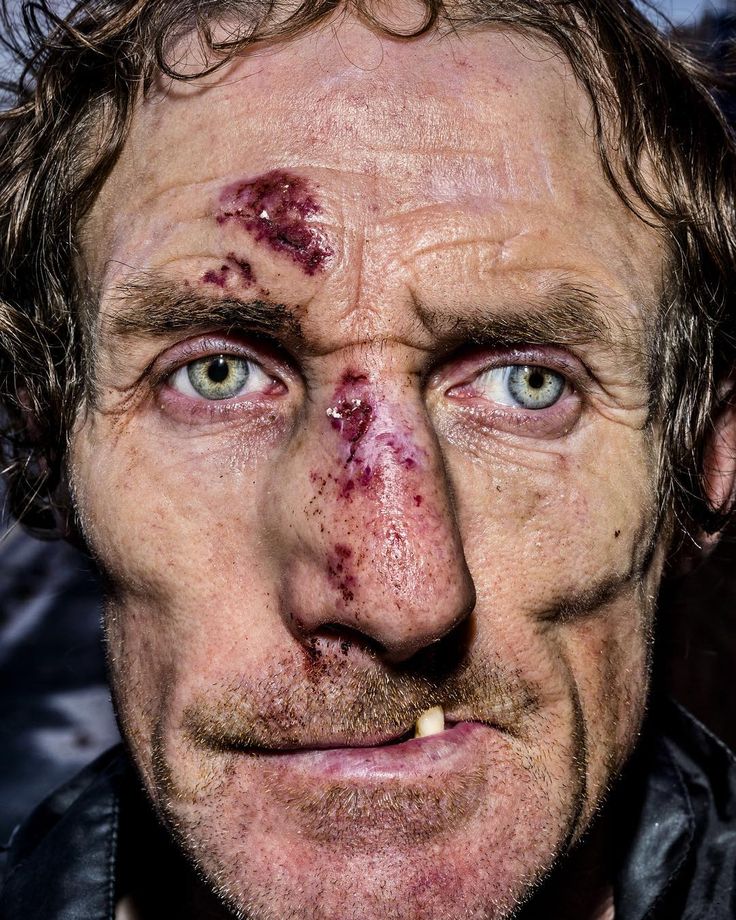
Bruce Gilden, James, Wolverhampton, 2013
In 1968, Akihiko Okamura moved to Dublin to chronicle the conflict in Northern Ireland. His photos show an everyday life made of barricades, military check points, demonstrations, bombed out streets, but also tea parties with buntings.
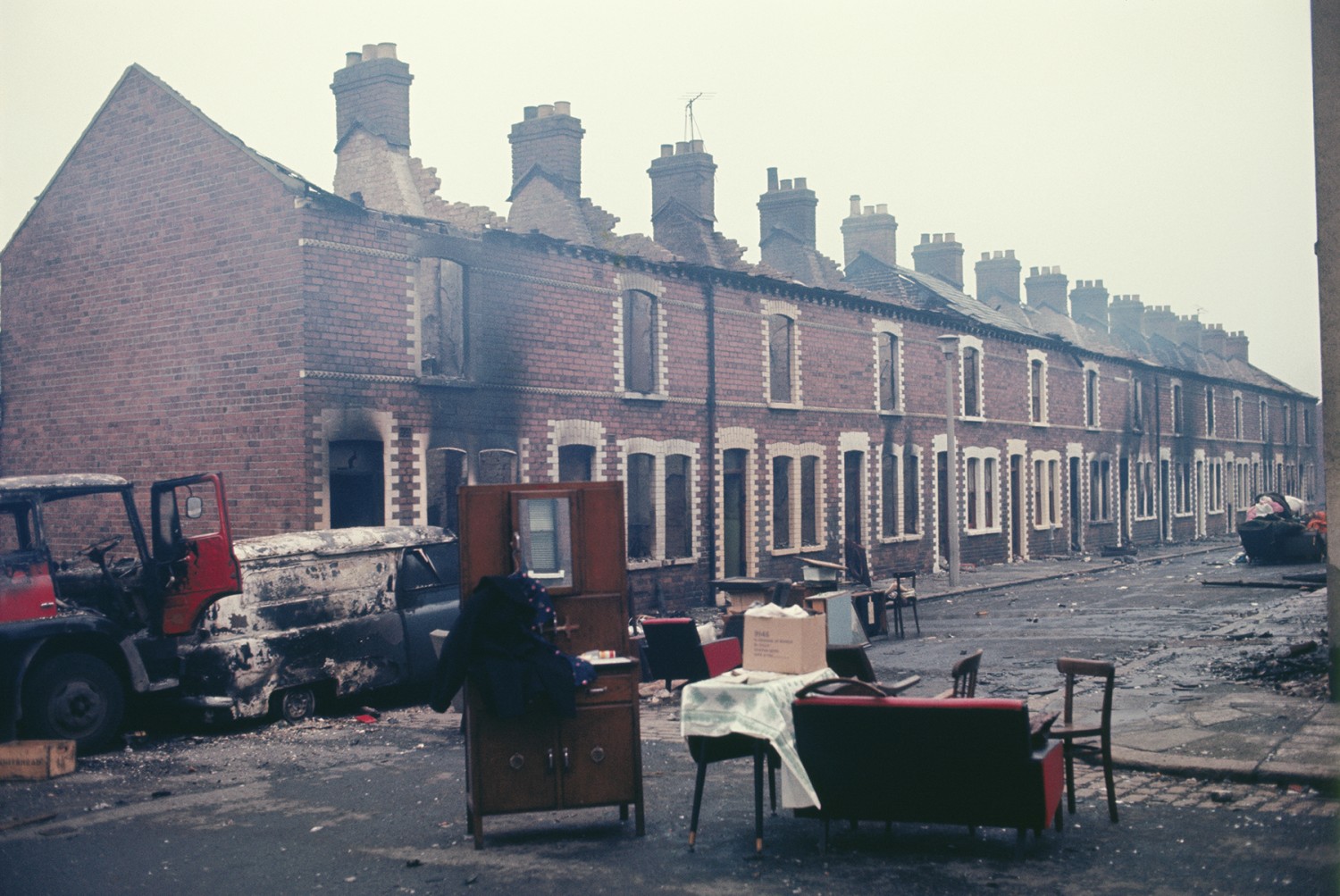
Akihiko Okamura, A street with houses destroyed in the clashes, Northern Ireland, c1968
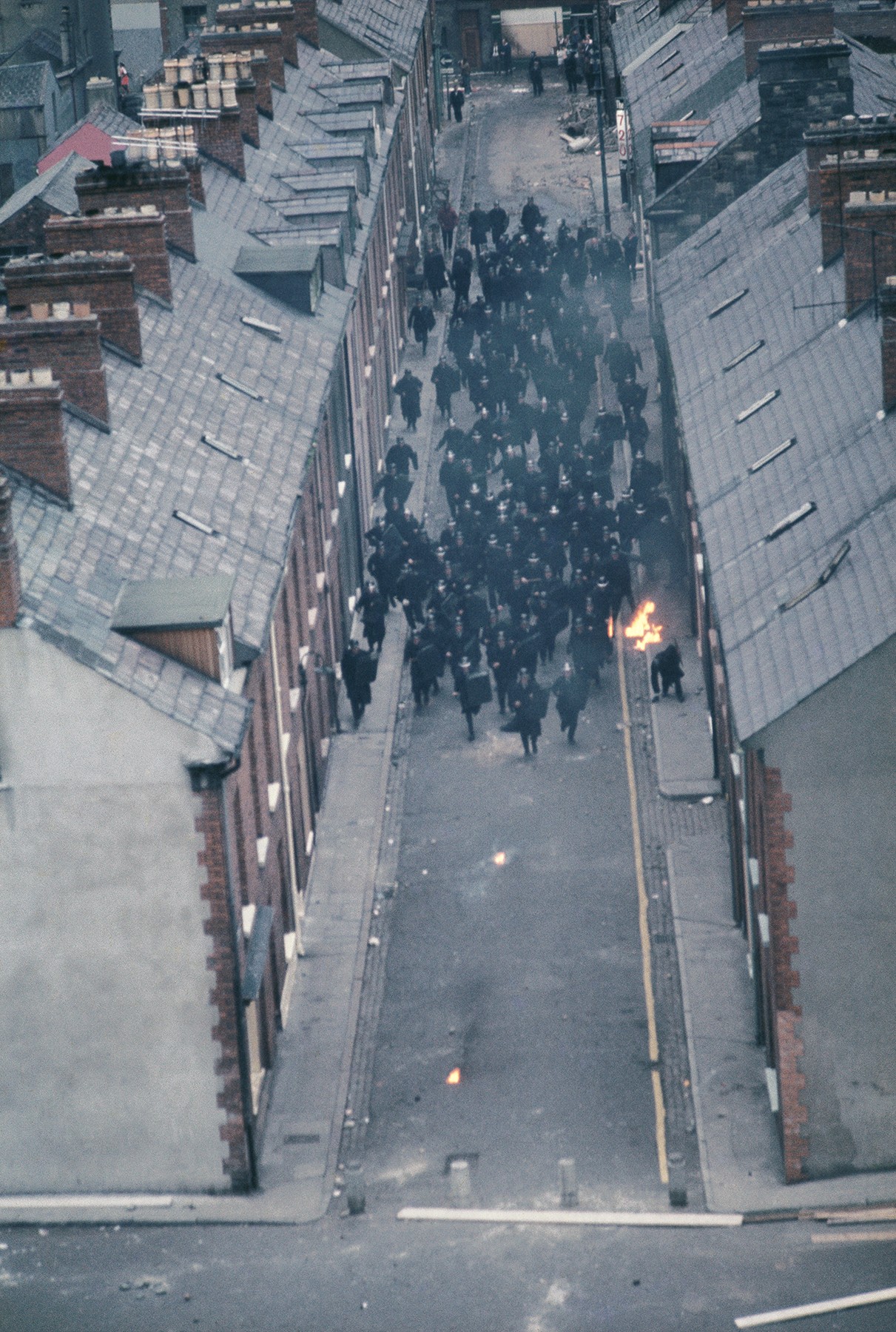
Akihiko Okamura, Troops of the Royal Ulster Constabulary enter the Catholic neighbourhood called Bogside in the Battle of the Bogside.Belfast, Northern Ireland ca. 1969 Derry/Londonderry, Northern Ireland August, 1969
Jim Dow started photographing British shop windows and interiors in the early 1980s. Many of these family-run businesses have now been replaced by big chains and suburban shopping malls.
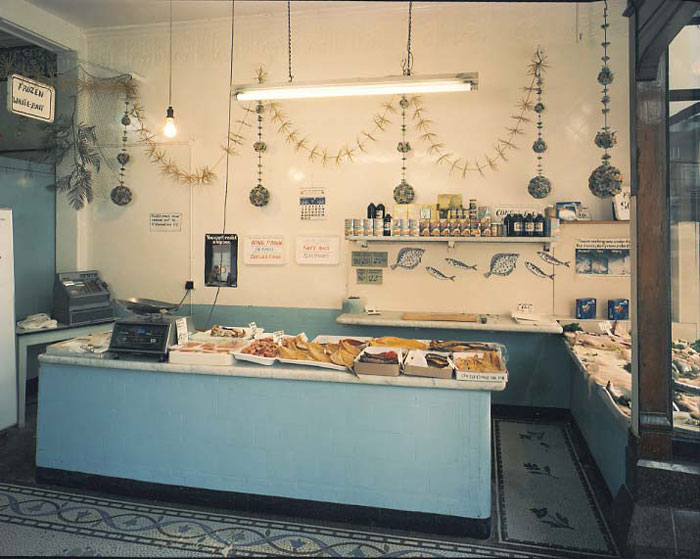
Jim Dow, Interior, Fishmonger shop, Norwood, London, England, 1985
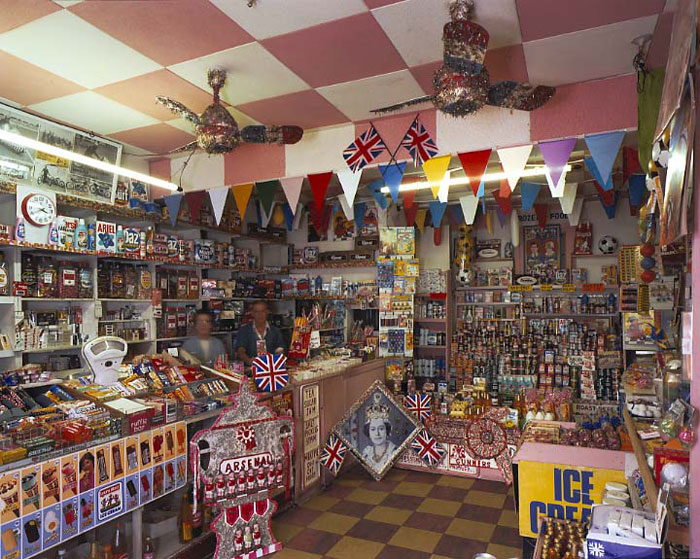
Jim Dow, Interior, Cole’s Jubilee Sweet Shop, Leyton, London, England, 1981
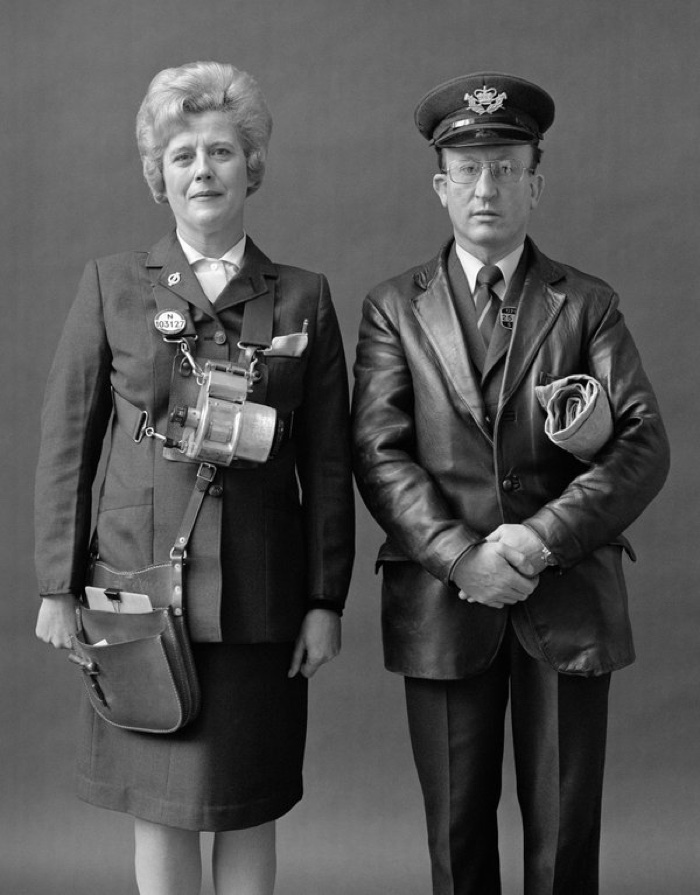
Evelyn Hofer, Bus conductress and postman, London, 1977
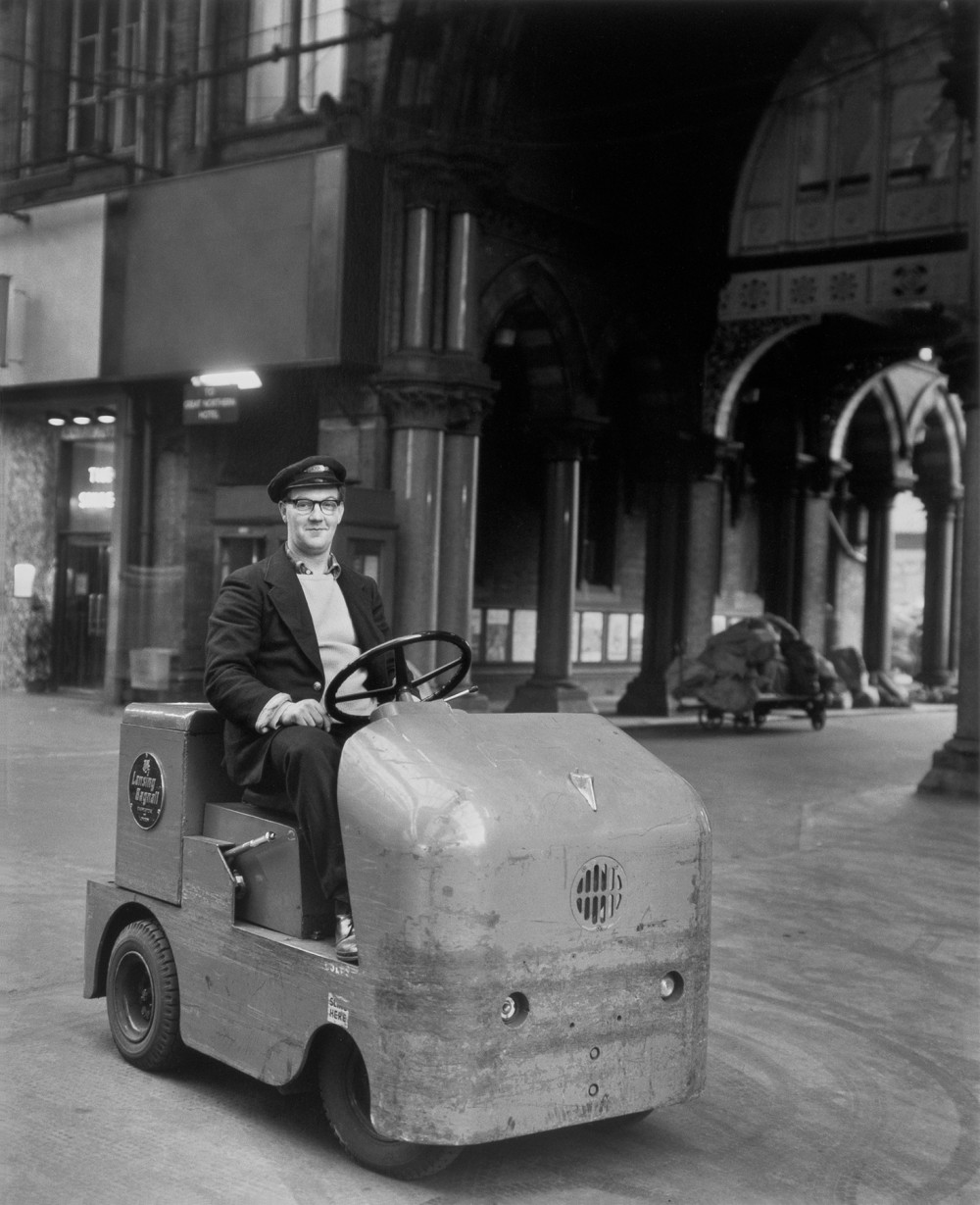
Evelyn Hofer, Man on Station Vehicle, St Pancras, London, 1962
Edith Tudor-Hart studied at the Bauhaus, was an anti-fascist activist and a spy for the Soviet Union while living in England. She used photography as an instrument to awaken social consciences. Her photos show poverty, unemployment, slum housing and child welfare in London, south Wales and the industrial North East. Photos such as the dog grooming salon below talk about inequality and society’s displaced priorities.
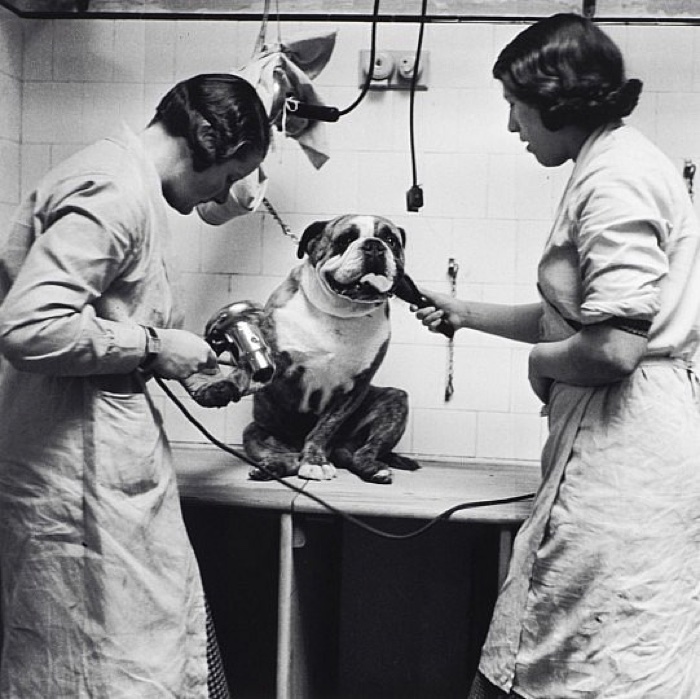
Edith Tudor-Hart, Poodle Parlour, London
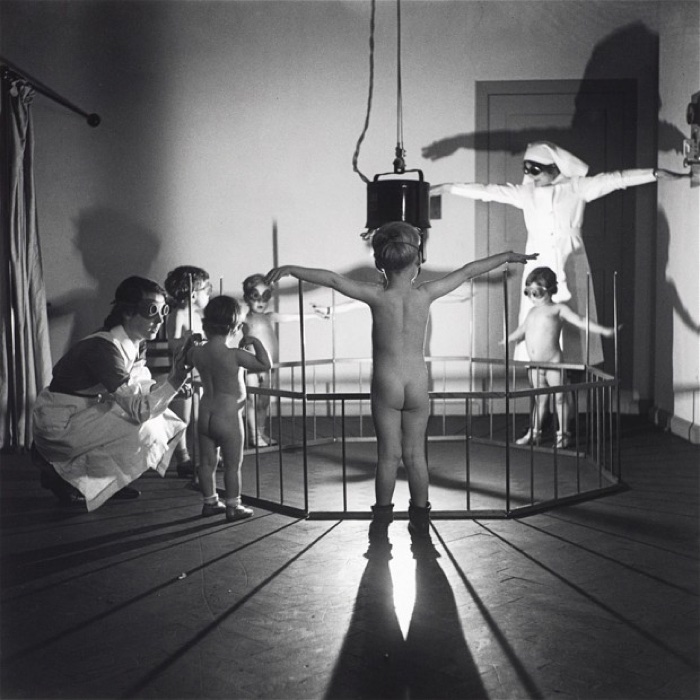
Edith Tudor-Hart, Ultraviolet light treatment for children with rickets in a south London hospital (circa 1935)
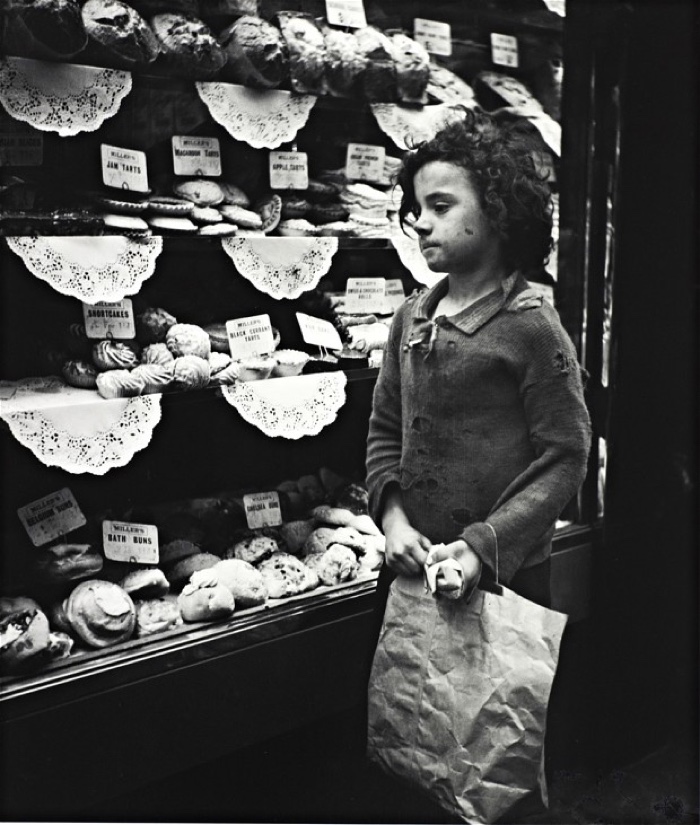
Edith Tudor-Hart, A child stares into a Whitechapel bakery window (circa 1935)
I have absolutely no interest in football (i only make an exception for anything related to Eric Cantona, his sardines, monobrow, movies and poetry) but Hans van der Meer‘s photos of amateur teams playing in small town fields are striking images i kept in my head long after my visit to the Barbican. I could not understand what made them so special until i read that his photos attempted to return to the old tradition of photography in which a wide view of the action often resulted in elements of the locality being present in the image. Up until the 1950s, there was no close-up of actions in newspapers but mostly zoomed-out views with graphic lines that indicated the movement of the ball to the goal.
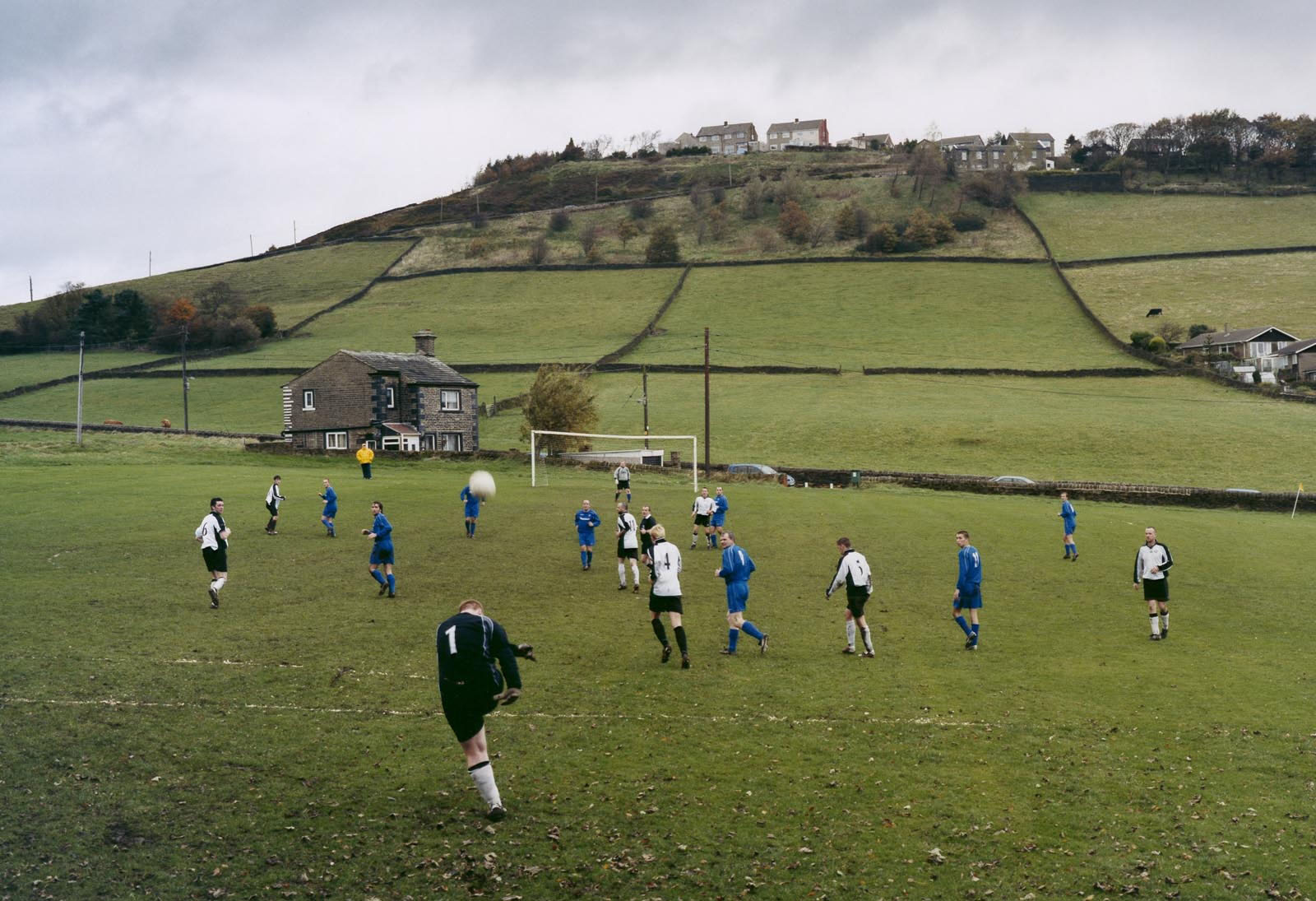
Hans van der Meer, Warley, England, 2004
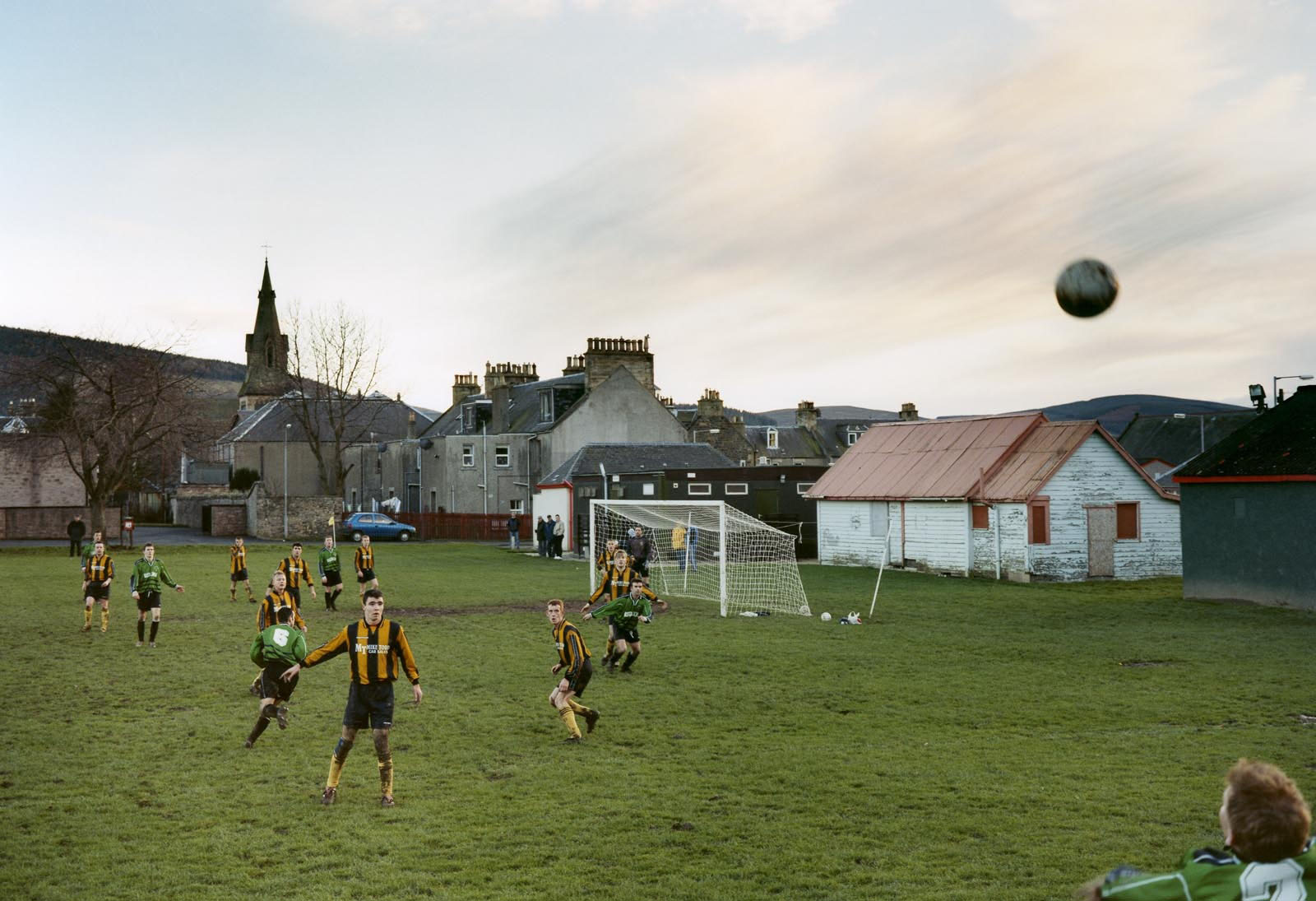
Hans van der Meer, Inerleithen, Scotland, 2001
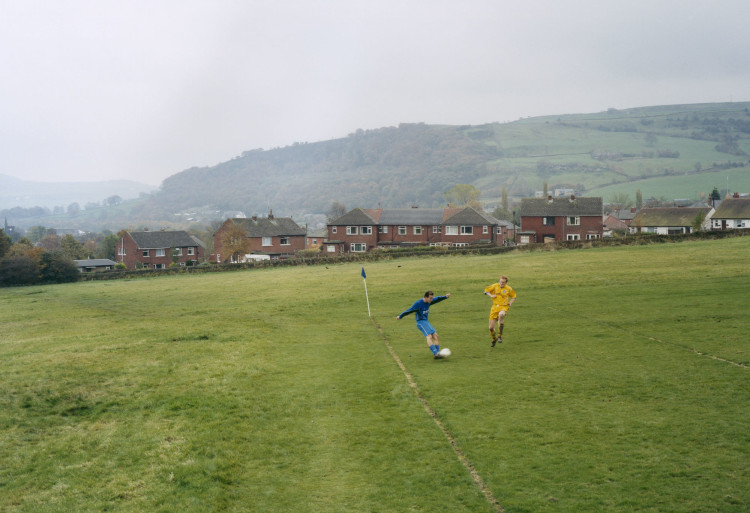
Hans van der Meer, Mytholmroyd, 30–10–2004 Calder 76 res – Pellon United: 4–3, Halifax & District Association Invitation Cup. Amateurvoetbal. From the series: European Fields
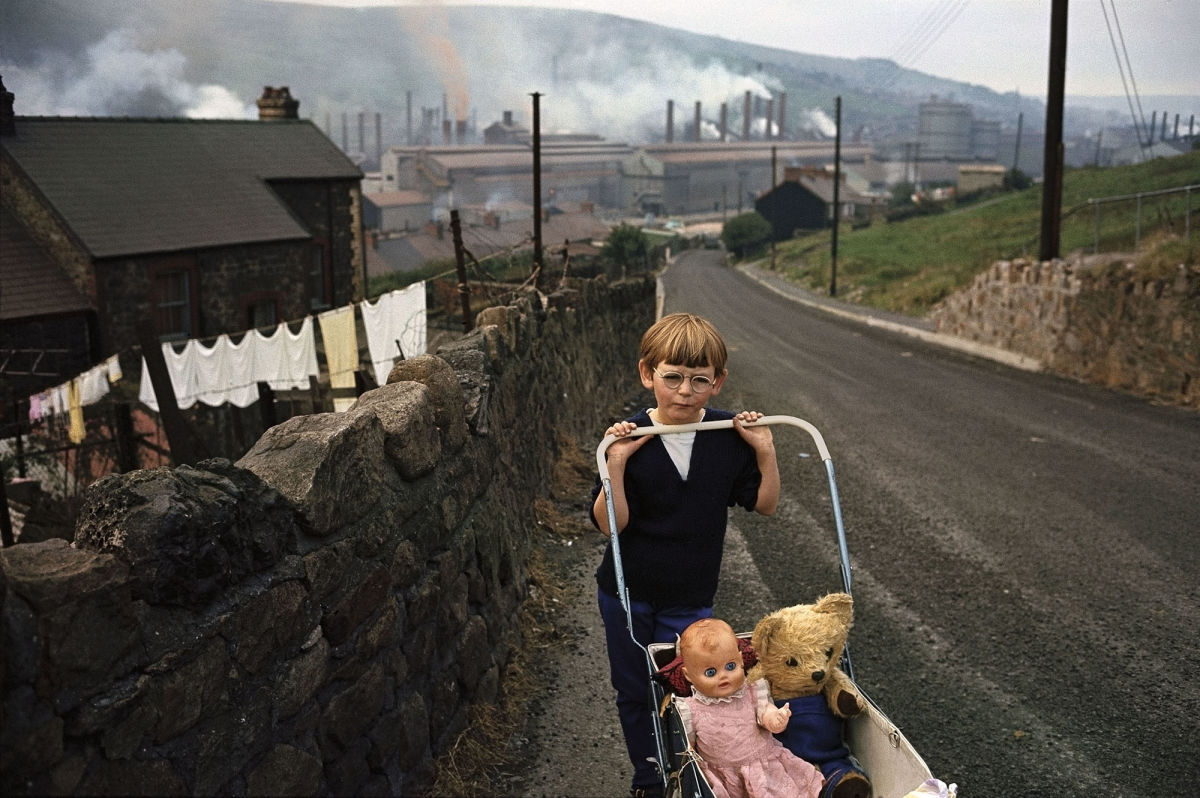
Bruce Davidson, Wales, 1965. © Bruce Davidson / Magnum Photos
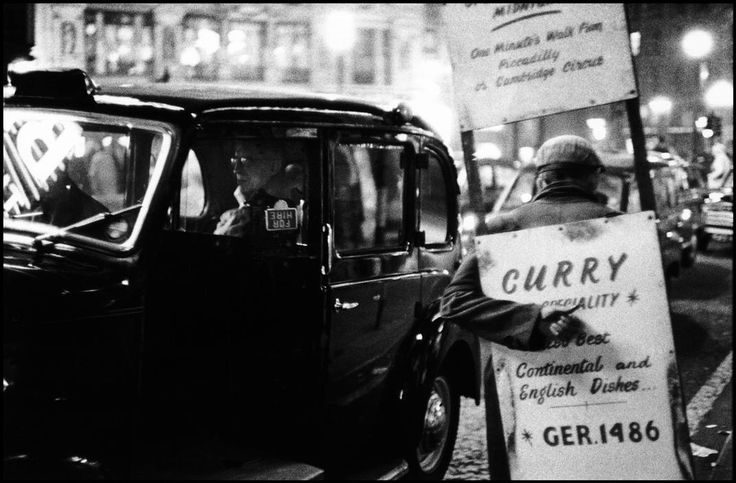
Bruce Davidson, Man holding a curry sign © Bruce Davidson / Magnum Photos
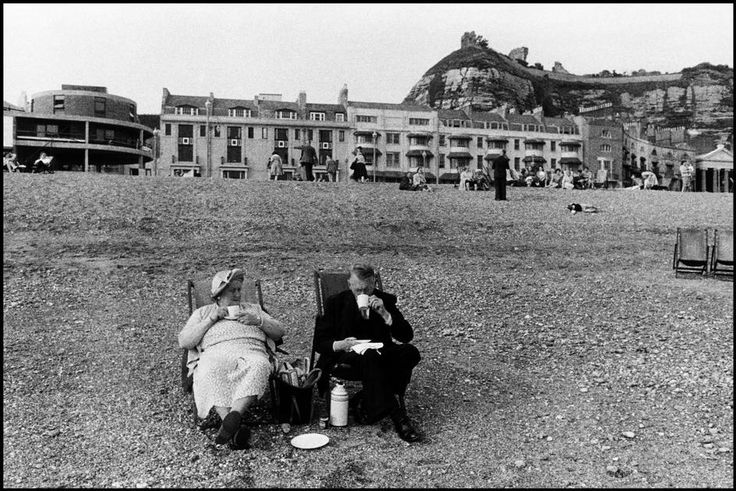
Bruce Davidson, Couple having tea on the beach, Hastings, 1960
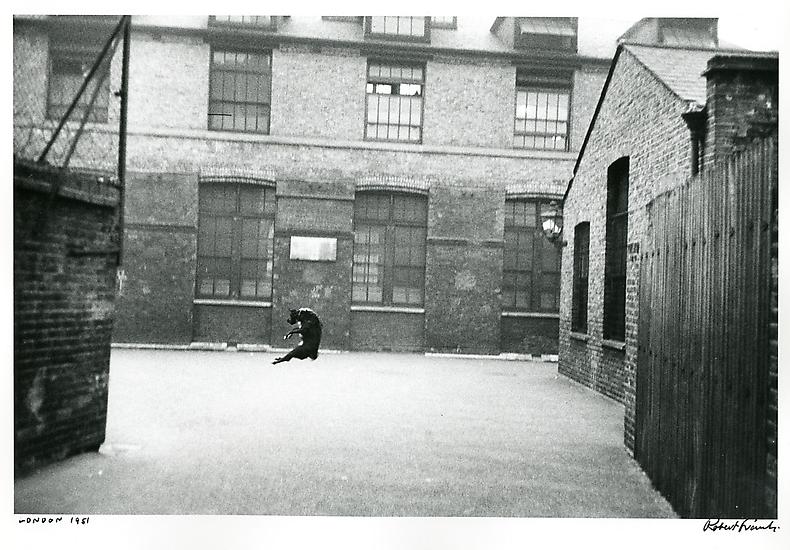
Robert Frank, London, 1951. Photo Danziger Gallery
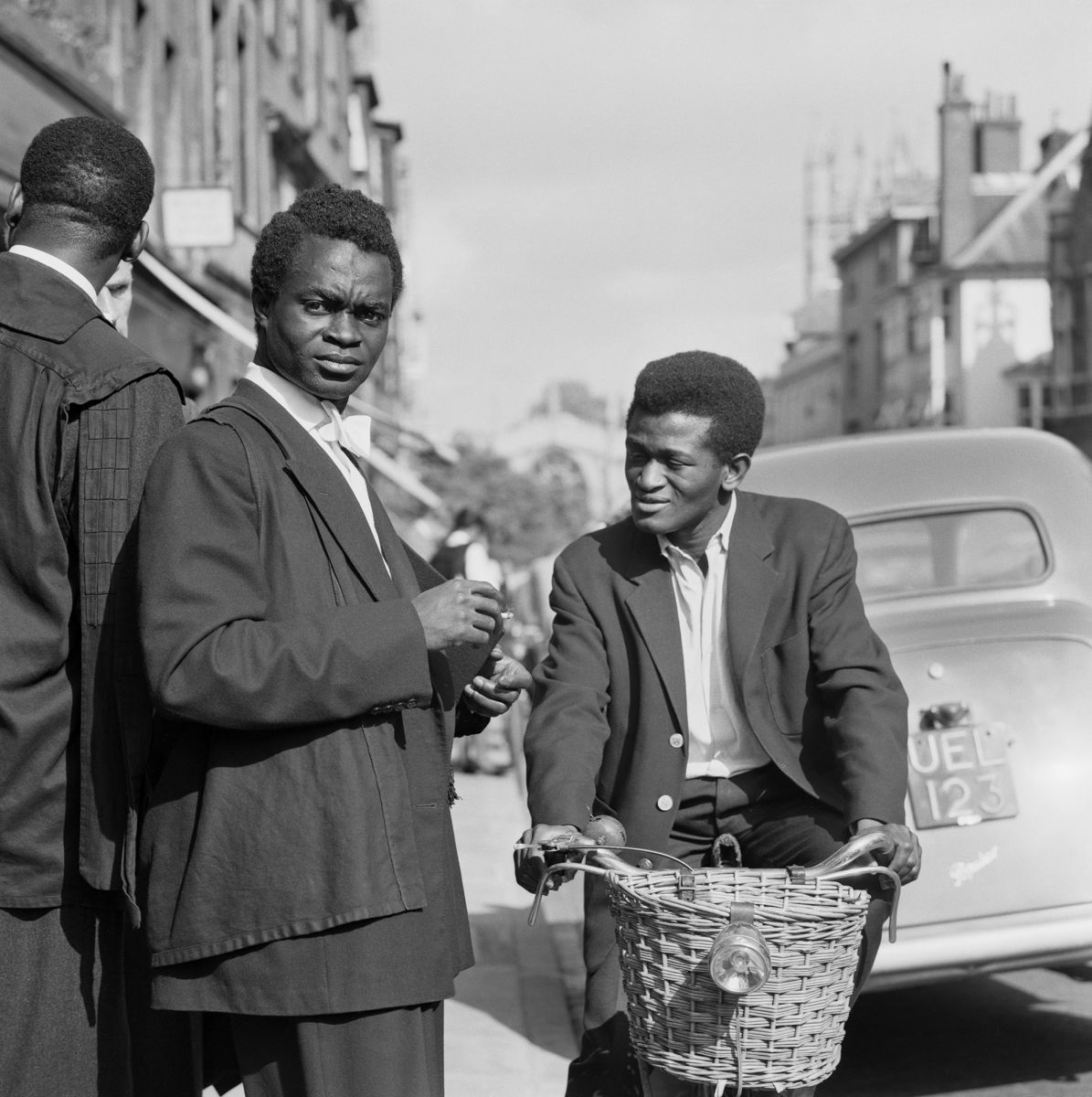
Cas Oorthuys, Oxford, 1962
Views of the exhibition space:

Strange and Familiar: Britain as Revealed by International Photographers. Installation View at the Barbican Art Gallery. © Tristan Fewings/Getty Images
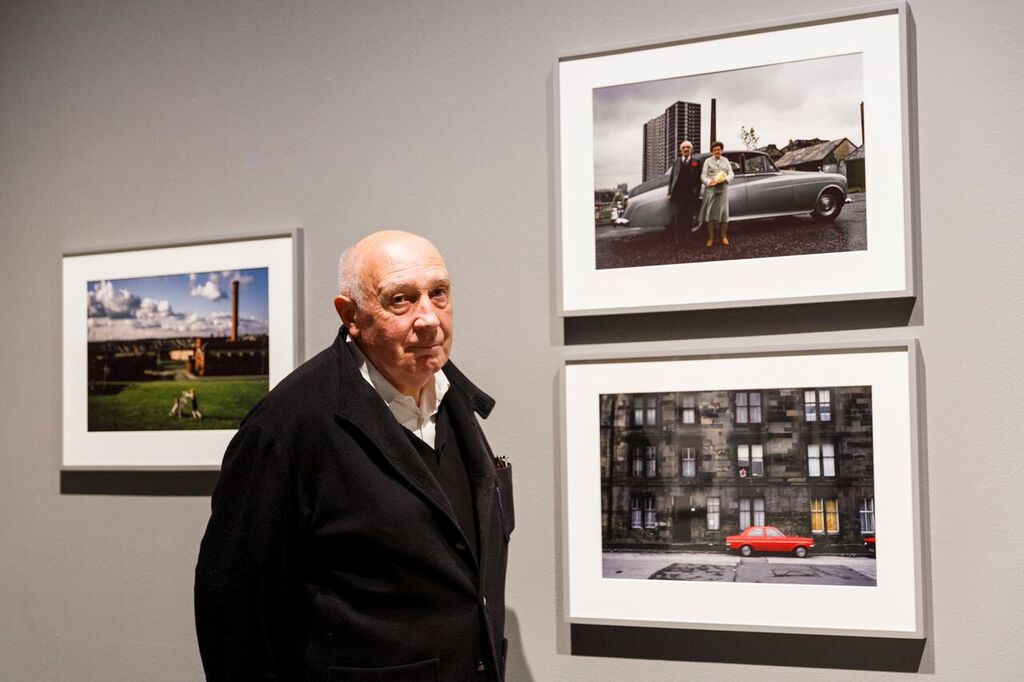
Strange and Familiar: Britain as Revealed by International Photographers. Installation View at the Barbican Art Gallery. © Tristan Fewings/Getty Images
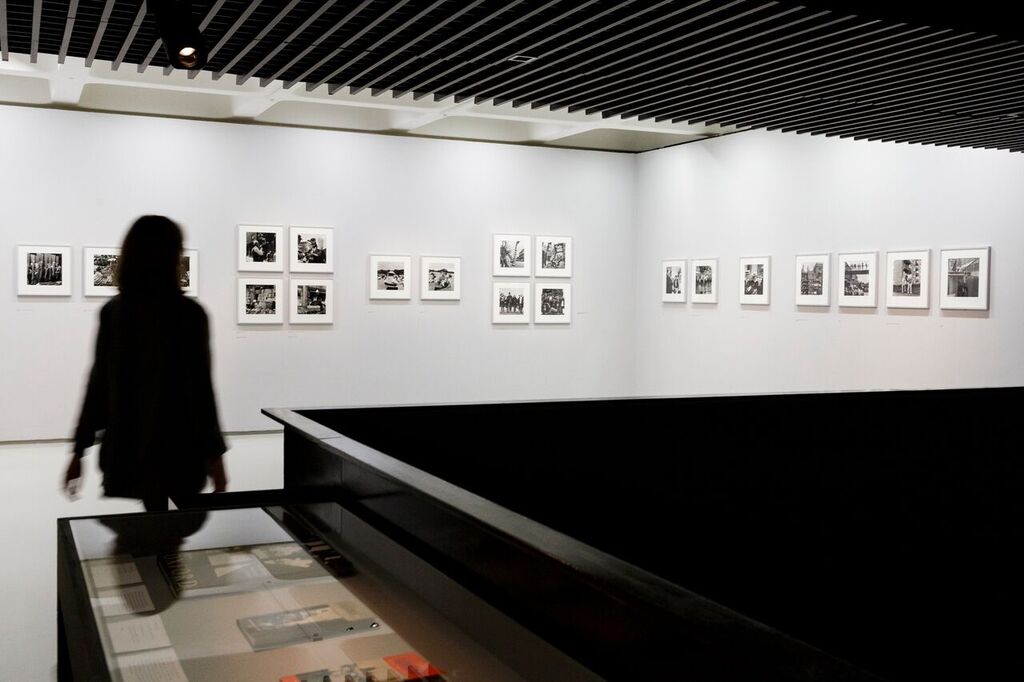
Strange and Familiar: Britain as Revealed by International Photographers. Installation View at the Barbican Art Gallery. © Tristan Fewings/Getty Images
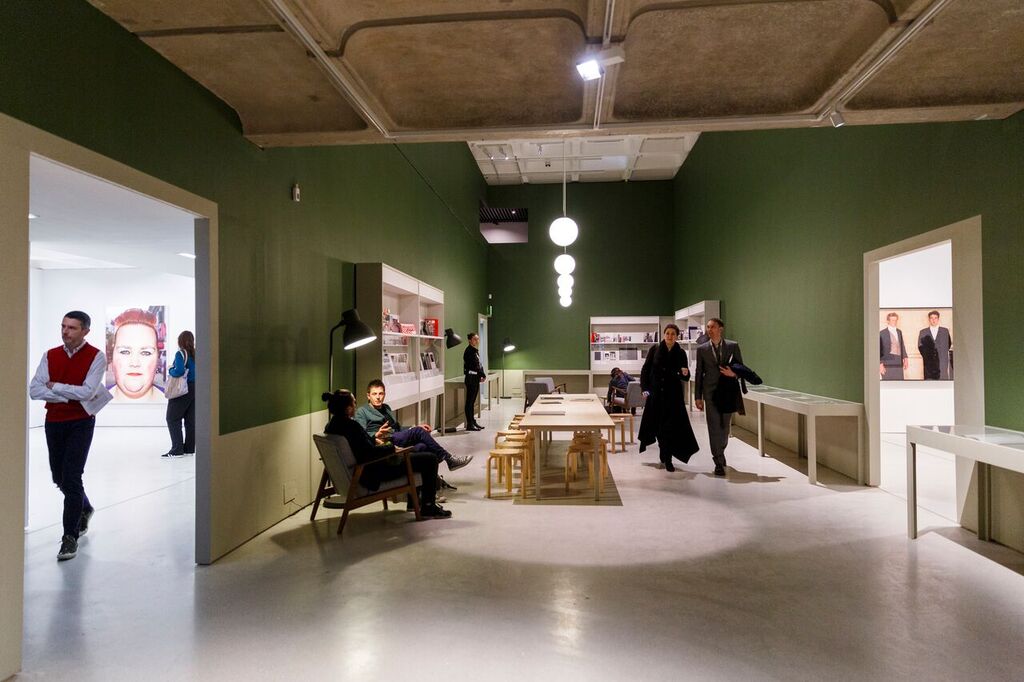
Strange and Familiar: Britain as Revealed by International Photographers. Installation View at the Barbican Art Gallery. © Tristan Fewings/Getty Images
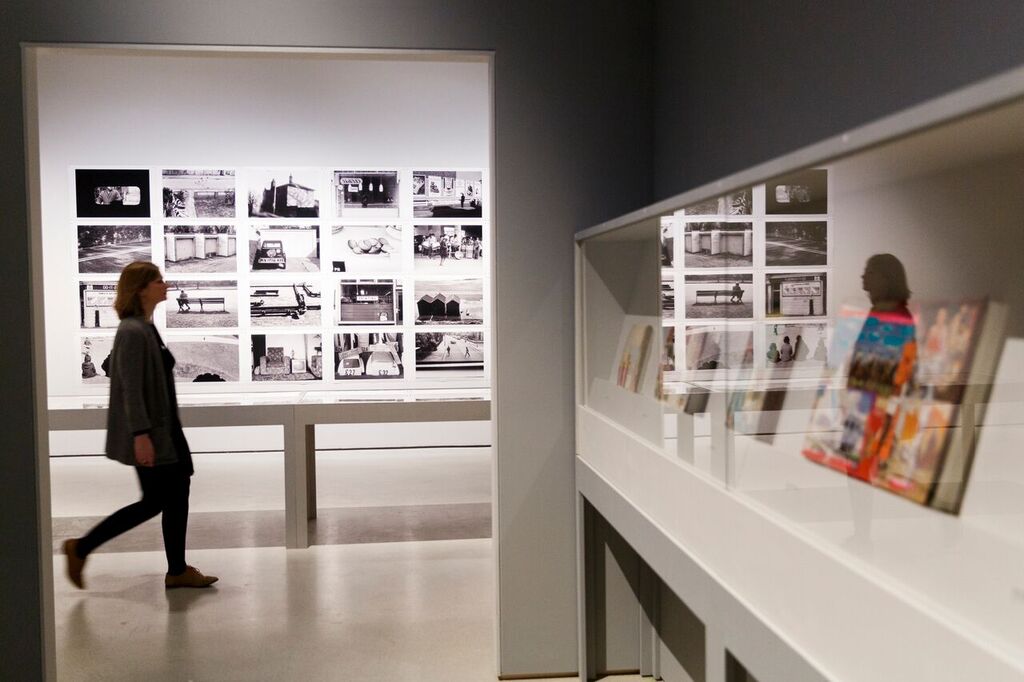
Strange and Familiar: Britain as Revealed by International Photographers. Installation View at the Barbican Art Gallery. © Tristan Fewings/Getty Images
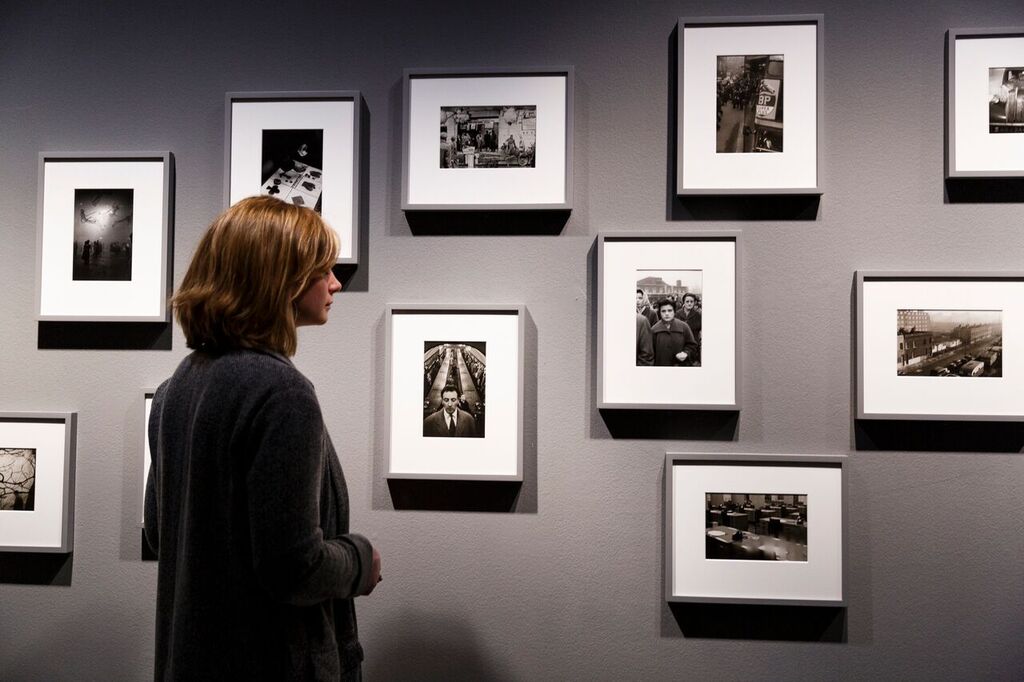
Strange and Familiar: Britain as Revealed by International Photographers. Installation View at the Barbican Art Gallery. © Tristan Fewings/Getty Images
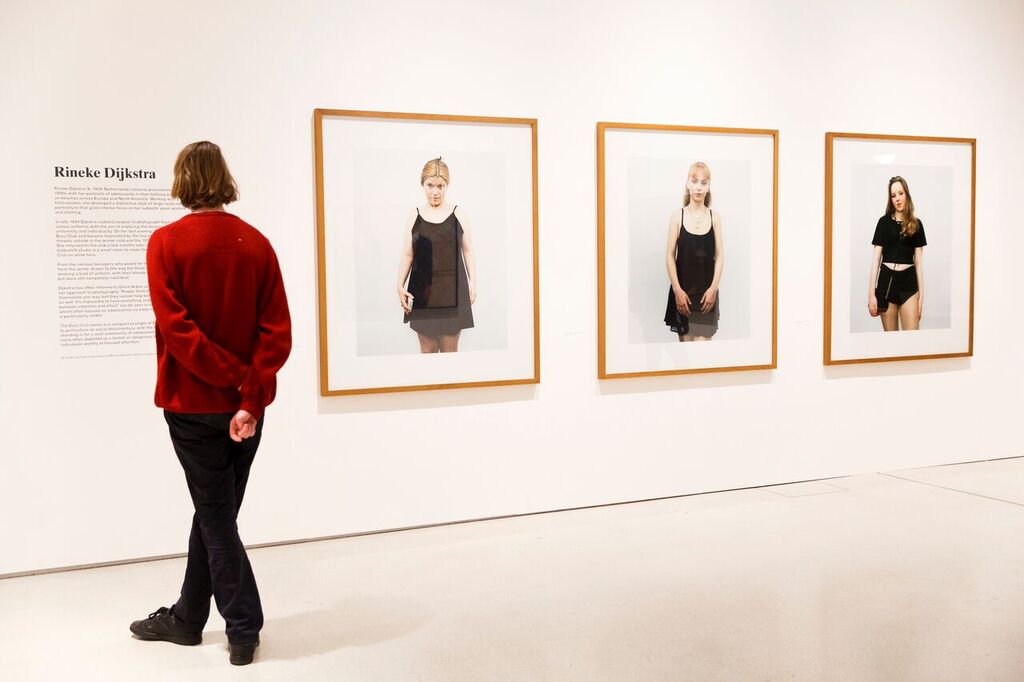
Strange and Familiar: Britain as Revealed by International Photographers. Installation View at the Barbican Art Gallery. © Tristan Fewings/Getty Images
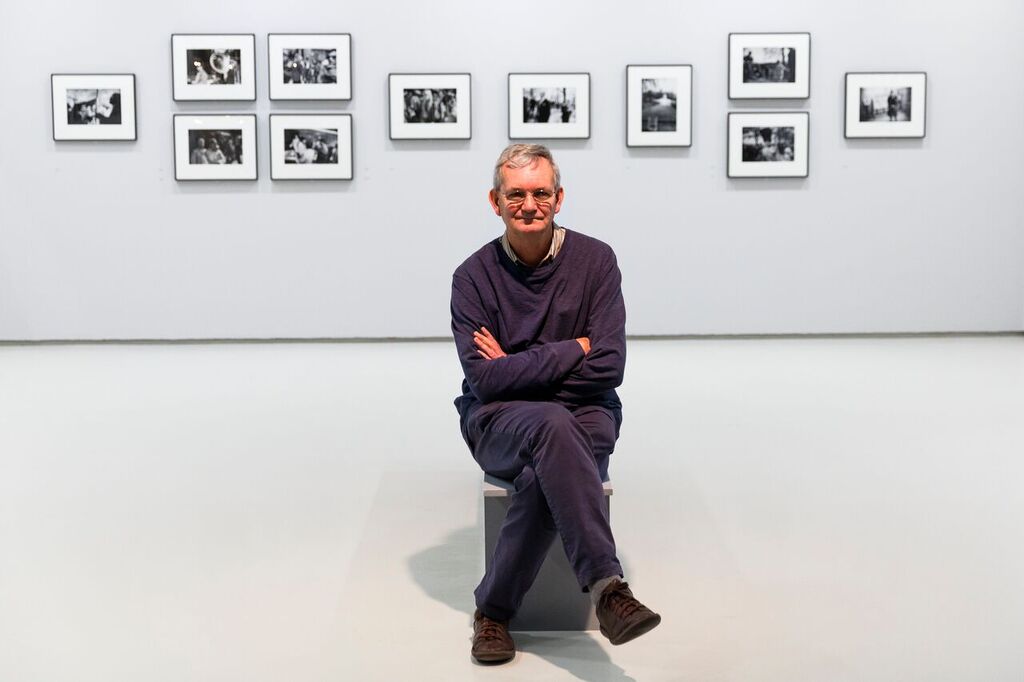
Strange and Familiar: Britain as Revealed by International Photographers. Installation View at the Barbican Art Gallery. © Tristan Fewings/Getty Images
Previously: Gloom and broken windows. A time travel to Thatcher-era Glasgow .
Strange and Familiar: Britain as Revealed by International Photographers, curated by Martin Parr, is at the Barbican Art Gallery in London until 19 June 2016.
